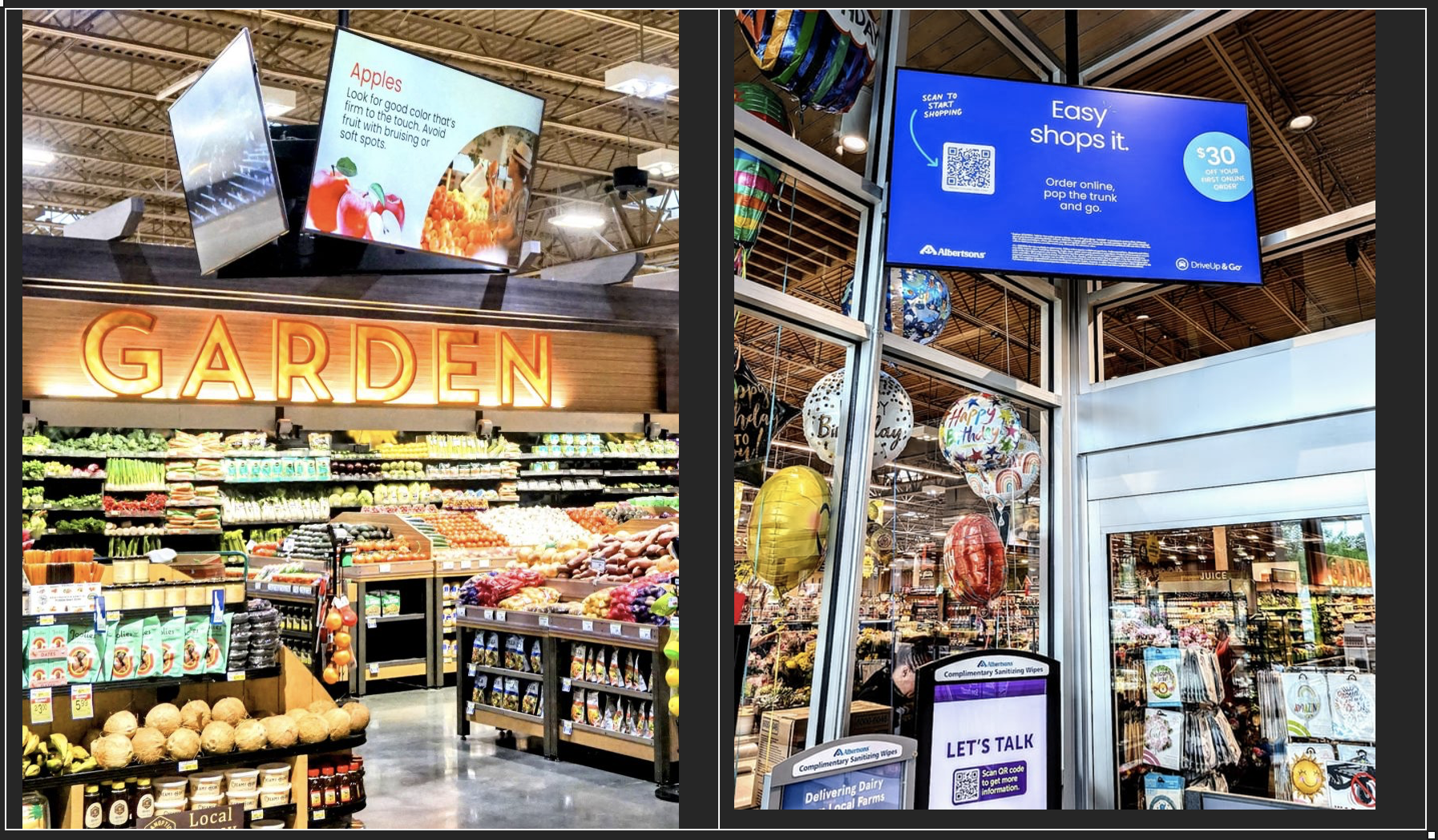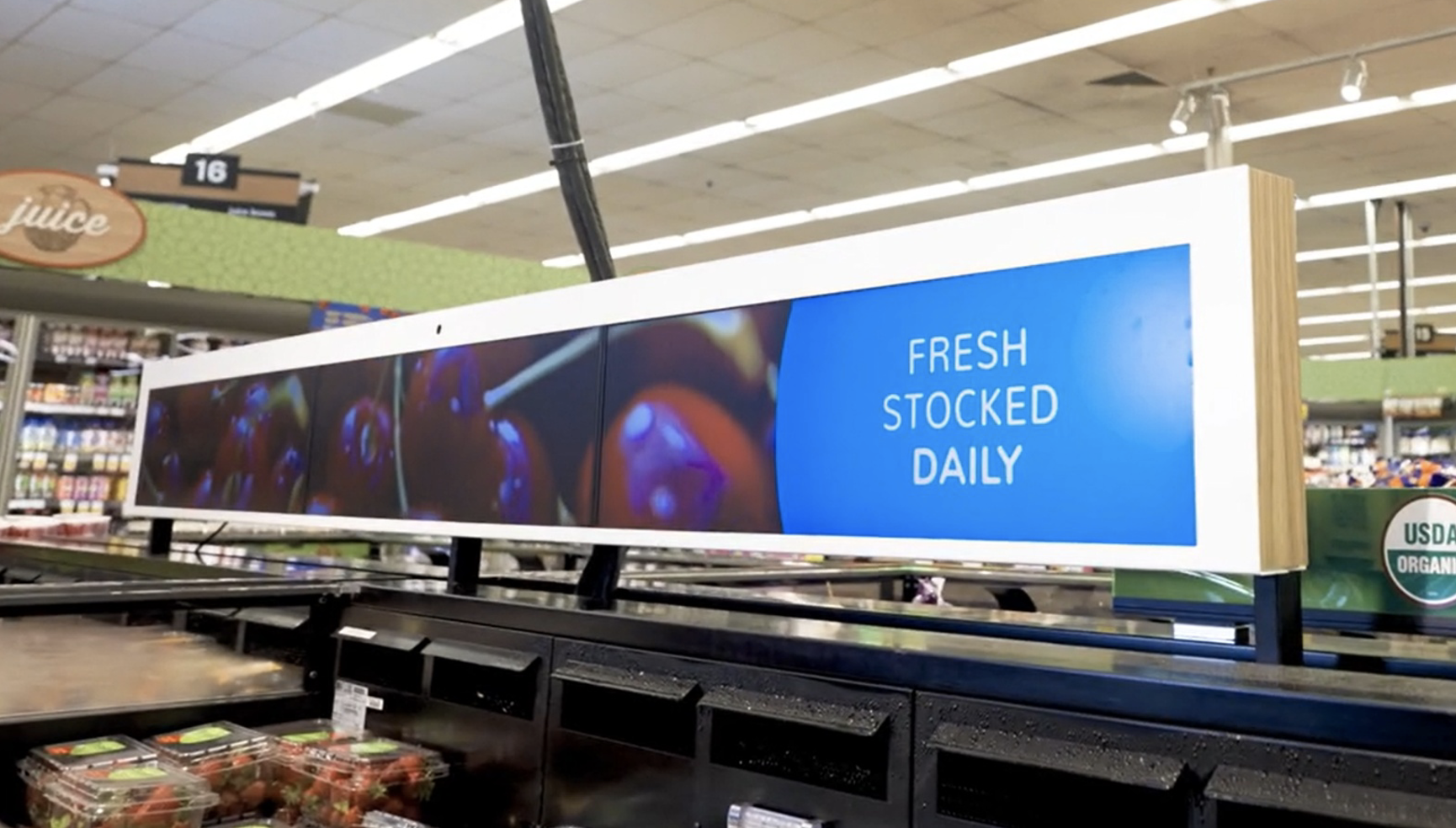Earlier this month, we reported on news that trials are taking place to assess the viability of using the boot of a car as a secure, alternative parcel drop off point. Then we set about gauging opinions from the industry … is this a ground-breaking approach to easing the last-mile bottleneck, or is it an example of next-big-thing hype?
The first wave of reaction we got, while not slavish in its praise for the idea of using car boots as alternative drop-offs, was broadly positive. But there are plenty of voices to be found questioning whether this is a realistic vision of the future, and some who are firmly of the view it is not.
Katie Kinraid, global product manager and head of marketing for Blackbay, sees plenty of holes in the idea. The cost of implementing such an initiative is an issue, she says, but its potential for distraction is equally concerning.
“The cost of providing a ‘premium delivery’ service such as this is not necessarily viable for most couriers. Their focus is to deliver as fast as possible – first time, on time, every time. The additional time spent locating the correct car, opening the boot etc all adds valuable minutes to the driver’s day, without any promise of interaction with the recipient to potentially capture information and represent the retailer brand at the point of delivery.
“The problems of failed delivery often come down to the consumer. More than 80% of consumers want delivery to home, but homes are only attended 55% of the time. Whilst there have been significant improvements in the visibility and transparency of alternative delivery options if a consumer is not at home to receive their parcel, they still want to physically sign for / receive that parcel.
“The industry focus needs to be on how to create further transparency between carriers and consumers, and crucially to allow consumers to have more control over the delivery process.
“It’s always good to see innovation, but our message is that often these innovations are simply a reaction to a market which is unable to get the fundamentals of delivery right.
“The best approach for the market is to focus on how to further improve visibility and how to give consumers more control of the delivery process. Delivery ‘gimmicks’ such as this will then only be used for consumer convenience e.g. a consumer needs same day delivery without them having to go anywhere to collect their parcel.”
Ian Tomlinson, CEO of Cybertill is also unimpressed. He even thinks the last next-big-thing is more likely than this one:
“This is fundamentally a PR piece by the car manufacturers with a number of potential issues. A lot of people will use their car to commute to work so why not get the package delivered there? The main issue envisaged is one of security. If you were to use your boot, realistically you would only want one delivery to the car, if you have multiple deliveries then pre-delivered products are at potential risk of being taken. Will the boot auto shut and lock if the courier does not secure it properly when they leave?
“It sounds like a great PR stunt but of less practical use. I think drones being used to deliver products is much more realistic and will be used by many more people and companies than this potential application. And let’s face it, if you’re not in, often deliveries are left with neighbours and if needs be, why not get items delivered to a collection point or a shop near you, that offers drop off and collection services.”
Kees de Vos, chief commercial officer, MetaPack sees adoption by retailers as one of the more prosaic barriers to the widespread use of car boots:
“This trial is another example of how fast and far ecommerce delivery innovation is travelling as retailers increasingly regard delivery as a competitive customer experience advantage. Customers are always looking for a choice of delivery method that suits them best at that given time and place.
“Not having to be present with the car is of great benefit to the customers and with the right locator technology, a great way to reduce missed deliveries for both consumer and retailer.
“So on the face of it this looks like a very consumer friendly option albeit with some obvious question marks around safety and security. Indeed some car insurers are going to want to kick the tyres on whether this scheme is wise.
“But the real challenge will be how such an innovation is integrated. There’s a huge layer of complexity involved here with how you manage track and trace for this service alongside a retailer’s other delivery options. Not all new delivery innovations stick so retailers who scale up this option into the mainstream will be taking a calculated risk.”
Lewis Marston, CEO of Rocket Consulting also points out some of the more practical problems that could derail this idea: “Combining existing mobile technologies and new secure entry systems to the boot of a car makes this technically possible. But are there practical considerations and complications? For example, what if the car is damaged in the process? Who is responsible and how is that proved? If the car is stolen, is there a liability on the delivery company? (Did they really close the boot securely?). While the hypothetical worst-case scenario should not hinder convenience and progress, it does need some thought.
“Car boot deliveries are still relatively conceptual. But they present an interesting option for the consumer of the future, and no doubt another optional extra for car manufacturers to sell.”
If all this cynicism is dragging you down though, fear not – not everyone is sticking the boot in. Patrick Gallagher, CEO of CitySprint thinks innovation is paramount in the industry: “Convenience is king in retail delivery, and recent innovations in the sector focus on increasing flexibility and improving the customer experience. This move by Volvo and Audi recognises that reliable service is no longer enough: retailers must give customers the choice of a suite of delivery options, including ultra-fast, same-day, alternative drop-offs and timed delivery.”
Overall, the prevailing opinion among people who talked to eDelivery was that there is a clear need for innovation solutions for some of the problems the sector wrestles with – such as failed delivery rates. But getting the balance right between innovations that will have practical application and those that are dogged by small yet significant impediments.
That’s the view of Phil Streatfield, Partner at LCP Consulting: “We know that customers are looking for more flexibility and certainty regarding fulfilment of their online orders; our own research predicts that click-and-collect will become the number one requested fulfilment option. The Holy Grail for retailers and carriers is a perfect final delivery – either to a pick up point or to home.
“Anything that facilitates final delivery completion improvement is helpful. That said, whilst the enthusiasm of car manufacturers such as Volvo and Audi to make car boots accessible by third parties is welcome, this route is potentially fraught with its own challenges. How will car insurers react? What mechanisms will be required to minimise fraud? How secure will it be? I’m sure that the technology will adapt and improve to facilitate this – and it looks to us that Volvo is setting the early pace with early trials suggesting it has got some legs. So watch this space.”
Phil’s views chime with those of Rob Mead, Marketing Manager at Parcel2Go: “People are consistently showing they don’t want to wait in for collections/deliveries, which is fair enough. We lead busy lives after all. This obviously means that couriers and delivery companies need to come up with new ways to make their services more convenient. Pick Up Drop Off (PUDO) points are now common. These started with shops and then lockers, so it’s only natural to look for further alternatives, especially with so much new technology being made available.
“The fact that Volvo and Audi have trialled the use of car boot drop-off points underlines the point that slick delivery networks are the lifeblood of ecommerce. There are a few obvious obstacles in the way of this system, however, the first being security. Will people be happy for delivery drivers to have access to their car and will they need to be readily available if there’s a problem? Also, there will be size issues to take into account. There’s only so much room in your average boot, unless you drive an 18-wheeler, of course.
“It all points to the fact that current PUDO points are the best solution – for now at least.”
Obviously, it is far too early to know – or even predict – the likelihood of success for this idea. But that two of the world’s foremost vehicle manufacturers are collaborating with carriers in an attempt to address the problems the final mile throws up can only bode well for the development of the industry as a whole; while innovation often comes from unexpected, and sometimes left-field, sources the more weight behind an obstacle the more chance there is of moving it.
A first part of this feature is available here.
If you’d like to get involved in the conversation you can leave a comment or email us at editor@edelivery.net












